It’s been more than a decade since Instagram launched in October 2010, “No Filter” tells us the story of Instagram – how it’s gone from a Silicon Valley start-up to a simple interface photos-sharing app with filters to a celebrity-making machine for more than a billion users. Sarah Frier penned down an inside & behind-the-scenes look at how Instagram became one of the most culturally defining apps of the decade. She mentions how Instagram founders Kevin Systrom and Mike Krieger started the app with the name ‘Burbn’, that eventually turned into Instagram (short for – Instant Telegram) & got acquired by Facebook, brought in $20 billion of revenue in 2019, and now fully exploiting users relationship with their phones, compelling them to experience life through a camera for the reward of digital validation.
While Sarah shares the inside story of Instagram with focus on how Instagram’s founders married art and technology to hook the public on visual storytelling, how founders picked their first users carefully, courting people who would be good photographers & designers who are aesthetic tastemakers in their field, how founders preserved the sense of discovery in the app while inculcating billions with visually arresting experiences for the reward of petty yet highly potent metrics e.g. likes and followers, how founders tried their best to resist adding tools that would have helped fuel the influencer economy, but how this product eventually turned into celebrity making machine.
I would like to analyze this story with product building perspective i.e. what did social media users listen to (and now listen to), which products to be built for social media users, how do they make decisions inside social media products, and how to measure success which is important to them and for the company (from revenue generation point of view). Let’s begin…
Top 3 things in Burbn:
Instagram app started with the name of Burbn, which was inspired by Kevin Systrom’s love of fine whiskeys and bourbons. Burbn let users check-in at particular locations, make plans for future check-ins, earn points for hanging out with friends, and post pictures of the meet-ups.
Burbn app had following 3 primary features:
1) Plans – arrange meet-ups with your friends over drinks and decide the venue.
2) Photos – share photos of your get-together.
3) Virtual Prize – get rewarded for participation in the app.
Burbn was, however, not very successful. The app was confusing and the users were largely using for its photo-sharing features. Kevin and Mike picked photos as a primary feature to be worked on and listed down the following 3 big problems to solve:
1) Images take forever to load on 3G
2) Users are embarrassed to share their low-quality photos.
3) It was annoying for users to have to post photos in many places.
JTBD analysis:
Let’s analyze from Jobs-to-be-Done (JTBD) lens and see what jobs users were trying to perform here. As I mentioned in my this story, following is the statement structure for a Job-to-be-Done:
When (situation) —– I want to (motivation)—— so that (benefit)——
- When I’m meeting up with my friends, I want to be able to quickly share the memories on social media, so that my network (including the ones who missed meeting up) can vicariously experience the enjoyment we had and cheer-up the memoirs.
- When I’m about to upload/share the photos on social media, I want to be able to share the photos of good quality without so putting much pressure on myself, so that I get appreciated of my photography skills & I can feel good about myself.
- When I’m about to upload/share the photos on social media, I want to be able to share it at single location from where it is shared with all my other social media networks, so that I don’t have to spend time of uploading the same photos on each social media platform.
Define value Proposition (link with forces of progress)
Next step is to link each Job with forces of progress and define the value proposition (way of doing the job) for each, (I’ve mentioned the details in this story). Following is the link between the Jobs and value proposition (not mentioning the situation column).
| Motivation | Benefit | Way of doing the Job |
| Quickly share photos. | Upload as many photos as possible in a jiffy & feel appreciated. | Instant upload and feedback. |
| Good quality photos. | Reduce the pressure of the quality of photos to be shared. | Easy-to-apply Filters to make photos beautiful. |
| Share photos from a single platform | No need of re-work (photos upload) | Different social media connections in a single app. |
Kevin and Mike launched “Instagram” (renaming Burbn) app where users can perform above-mentioned jobs effectively. In addition to above value propositions, founders also wanted the product to be different from Facebook, Twitter and other existing apps. They picked first users very carefully. They courted people who were good photographers and designers, who would help set the right artistic tone, creating good content for everyone else to look at.
In a very short time, everyone around started taking photos on their phones, and started sharing. Everyone wanted them to look better. Instagram was not only a gift of expression to users, but also escapism.
Feedback & Measurement (Metrics)
Instagram team realized that a substantial portion of our population is striving for digital validation. So, the feedback to users should be thrilling enough. Instagram team kept just three simple measures for how users were performing:
- likes on their photos,
- follower count,
- following count.
The idea was very simple – to preserve the sense of discovery amongst the aesthetic tastemakers, who would appreciate the visually arresting experiences of each other for the reward of likes and followers. They resisted the features that would increase virality i.e. stopping users to reshare the others posts. Users should follow and like the creator/creators content only as they wanted to see what creators experienced and created, not someone else.
Why no reshare feature:
Adding re-share button would give Instagram less power to demonstrate model behaviour as everyone would just be focused on going viral. Besides rewarding users with virality, the option to share other’s content could lessen pressure of uploading their original content. This feature has impacted the way we live dramatically as we can follow whoever we like and appreciate. Over time, users figured out how to be good at Instagram, unlocking status in society and even commercial potential, with the ever-evolving feedback mechanism of Instagram.
Instagram acquired by Facebook
When Instagram was acquired by Facebook, Facebook catalogued every tiny action of Instagram app from its users, comments, clicks, posts they hovered over while scrolling and did not click, the people’s name they searched. They could use that data to figure out who your closest friends were, defining the strength of the relationship with constantly changing number between 0 & 1 they called friend’s coefficient. But Facebook algorithm wasn’t straight-forwardly applied to Instagram. Why?
Difference between Facebook and Instagram:
Facebook was all about personalization, not just for ordering of its newsfeed but also for advertiser targeting. Whereas Instagram was about visual experience. Let me explain:
Recipe for growth at Facebook were 1) sending notifications and reminder emails, 2) clearing sign-up hurdles, 3) understanding the data, 4) playing defence etc.
Instagram had to figure out what their next metrics were at that point, w.r.t. evolving trends. Being a part of Facebook family, Instagram didn’t have the pressure of monetization in the beginning, but just growth.
Instagram founders carefully identified the top 3 Instagram values that were different from Facebook:
- Community first – all users’ decisions should be centered around preserving a good feeling when they are using Instagram. Too many notifications would violate that principle as users might take it as creating a sense of urgency.
- Simplicity matters – before any new product could roll out, engineers had to think about whether they were solving a specific user problem, and whether making a change was even necessary, or might overcomplicate the app. Different that Facebook “move fast and break things.”
- Inspire creativity – Instagram was try to frame the app as an artistic outlet, training its own users and highlighting the next of them through an editorial strategy, focusing on content that was genuine and meaningful. Different than Facebook “algorithmic personalization approach.”
Observing the above 3 values, Instagram team was focused on delivering the visual experiences to its users, bringing the influencers on board and train them on how to use app. Instagram encouraged celebrities to use the app to document what they saw in their daily lives, taking power back from the paparazzi and controlling their own narratives.
Rise of Insta-famous:
Billions of users were using Instagram filling their camera rolls with dozens of different angles of the same shot, finding the perfect one, then editing away the imperfections before posting – to look cool and interesting. As the time passed, camera on phones had dramatically improved – users didn’t really care about filters much anymore. The design of the product itself and the product training along with tutorials on making photos more professional and earn money to the influencers pushed them to pursue more followers, more recognition.
Building a following on Instagram worked differently than on other social media apps. Because Instagram had no share button, people didn’t become famous there by going viral. In fact users were willing to post about their intimate observations and life events to the wider audience. There was a swarm of semi-famous people pretending to be vulnerable so they could sell products that they pretend to love, which supported a lifestyle they pretended was authentic. But they learnt the curation skill very well (read “hunters vs curators” here), that lead to a great followers base. Observing the same trend, Instagram killed “popular” page and build “Explore” page, to have a niche loyal audience.
Instagram Stories and IGTV
As the time passed, Instagram became quite important to the structure of user’ social lives (teens to be more specific) – to the point that it was creating enormous pressure to make them follow a certain lifestyle. While older users typically keep all their photos up forever, providing a history of experience they shared, Younger people would regularly delete all of their posts, or most, or get entirely new accounts to reinvent themselves as they entered new school, or wanted to try a new aesthetic theme. And if the users are not getting enough feedback (more number of likes on photos), they would delete the photos.
Alongwith the rise of Snapchat, young people/teens were sending random selfies and unedited videos on that platform. It wasn’t for scrolling through the content, it was like texting, or having an asynchronous video chat conversation. There was shift in content consumption and content creation amongst the core target audience (young people) of Instagram. There were new Jobs-to-be-Done.
JTBD analysis (for evolved jobs):
Mentioning below few of the Jobs:
- When I’m sharing new content (posts) on social media, I wantto be able to get quick reaction from my network, so that I know my network is interested in my content.
- When I’m sharing new content (posts) on social media about my personal lifestyle, I want to have the option of not keeping it as a digital album or archive forever but brief appearance, so that I don’t feel embarrassed of my own content I might have uploaded in the context of that particular time, which has no relevance now.
- When I’m sharing new content (posts) on social media about my lifestyle, I want to be able to post as many ephemeral content as possible (journal) so that I can update my followers on my daily life, inspire them and save myself from paparazzi.
- When I’m sharing new content (posts) on social media about my personal moments, I want to be able to share my content with few of my selected followers so that I can have selective content to be posted for selective audience.
Next step, linking each Job with forces of progress and define the value proposition (way of doing job):
| Motivation | Benefit | Way of doing the Job |
| Get quick reaction from followers. | Assurance of followers interest as early as possible. | Instant upload and feedback. |
| No digital album which is kept forever. | Content to be shared as per the time relevancy. | Ephemeral content (stays for 24 content and disappear) |
| Post as many content as possible | Constant update of influencers’ daily life. | Pseudo live content available only for 24hrs (FOMO) |
| Content to be shared with selected followers | Selected content for target audience. | Lists of followers for private sharing. |
August 2016, Instagram launched “Stories” with features that were catering to the above mentioned Jobs. “Stories” as a product maintained the core idea – Instagram is always fun-to-use for users who are interested in visual experiences. Those little circles on the top of the screen – wasn’t a copycat but a thoughtful exercise.
While Instagram “Stories” was for the users who were primarily low-intent with less time (read about low-intent/ high-intent users and their behavior – Story link), there were users who were seeking the content which they consumer for longer time, as per their interest. Youtube was leading this space, where users were intentionally landing to consume the content they want to. Youtube has a algorithm that was rewarding creators according to the watch-time (alongwithaverage percentage of videos viewed), thinking that longer time spent on video meant it was engaging enough to be displayed higher in searches and recommendations. Having a reach of billions users, Instagram had to evolve in its video product strategy and it was time for long-form videos, from favourite creators. In 2018, “IGTV” was launched – the product where users can upload upto 1hr long vertical video. IGTV has an opportunity to become the TV of mobile, a place to watch for long on small screen.
Following are the 3 main points kept in mind while developing IGTV:
1) Mobile first: vertical video and full screen experience.
2) Simple and intuitive UI: video starts playing as soon as user opens the app, no need to search or browse.
3) Curation: focused on the creators users love most
Instagram stays focussed on launching the products that make its users not only more expressive, but also more self-conscious and performative.
Exercise: Let’s understand ‘Snapchat’ using JTBD
Snapchat launched in Sept 2011. 2 years later, Facebook tried to acquire them for $3bn. Now, Snapchat is worth $20bn.
Why did some people take to Snapchat like bees to honey and others couldn’t have been more confused by it? Why else would people want their photos to disappear?
References:
“No Filter” by Sarah Frier.
Instagram.com
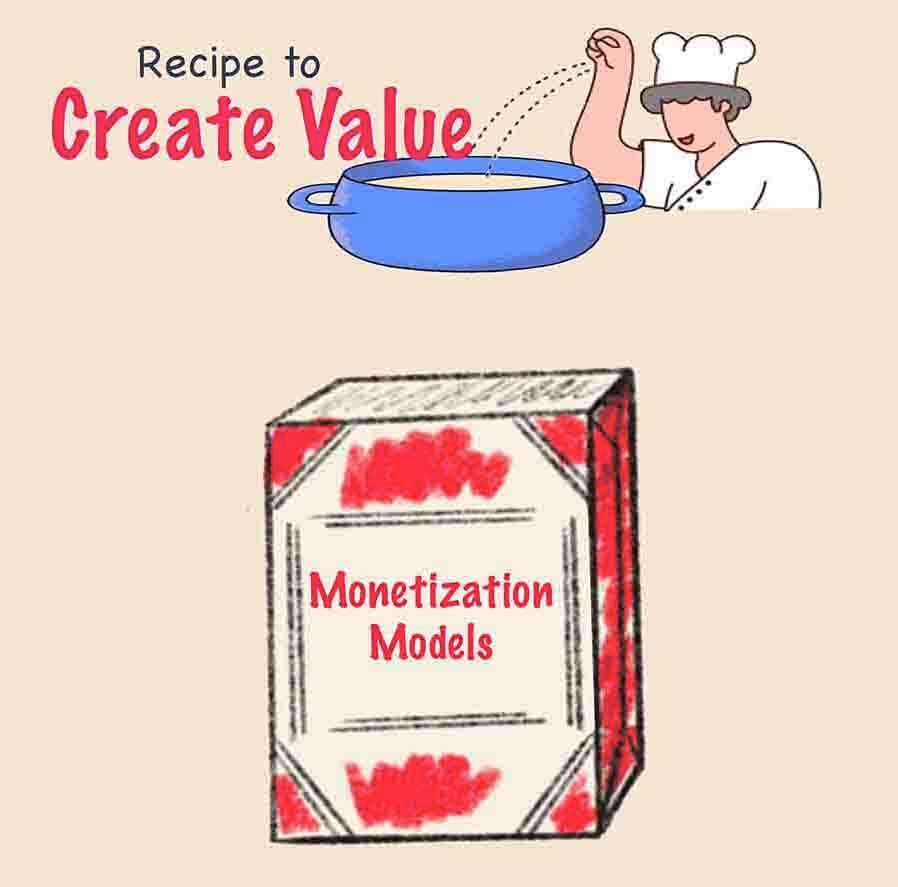
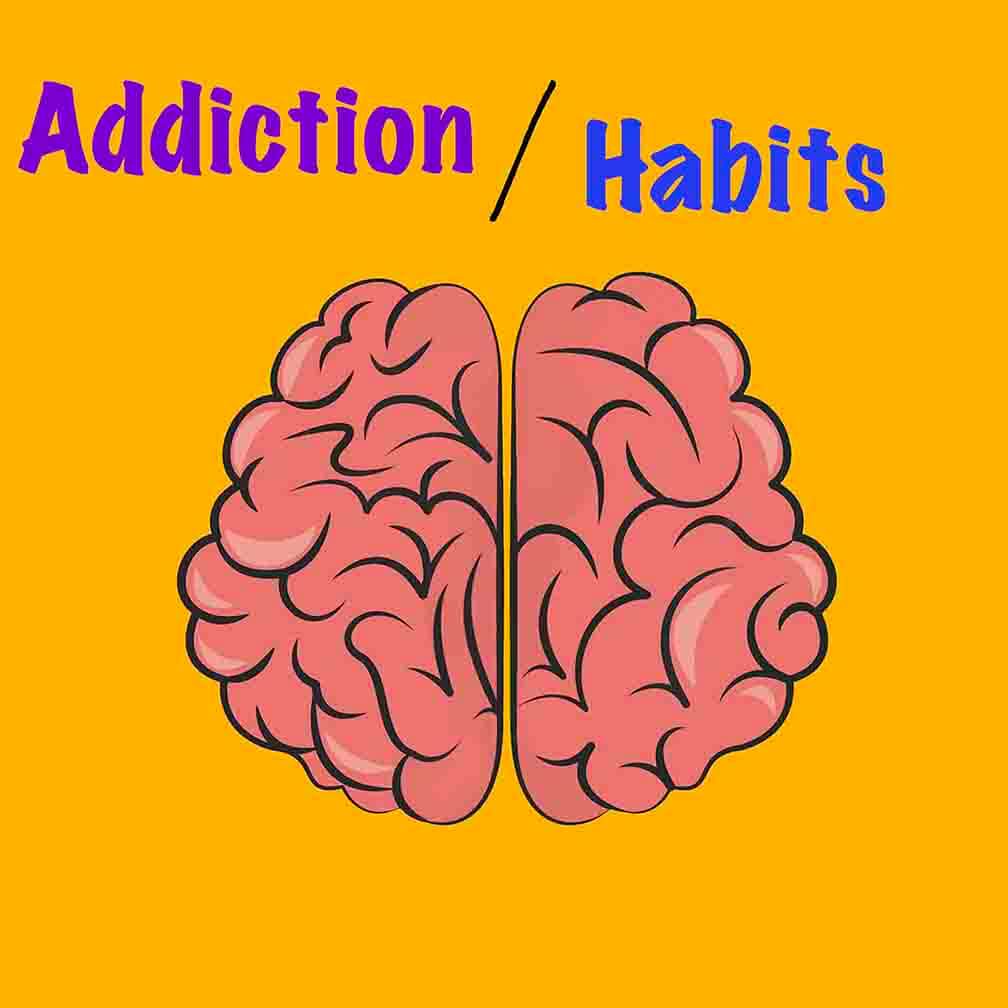
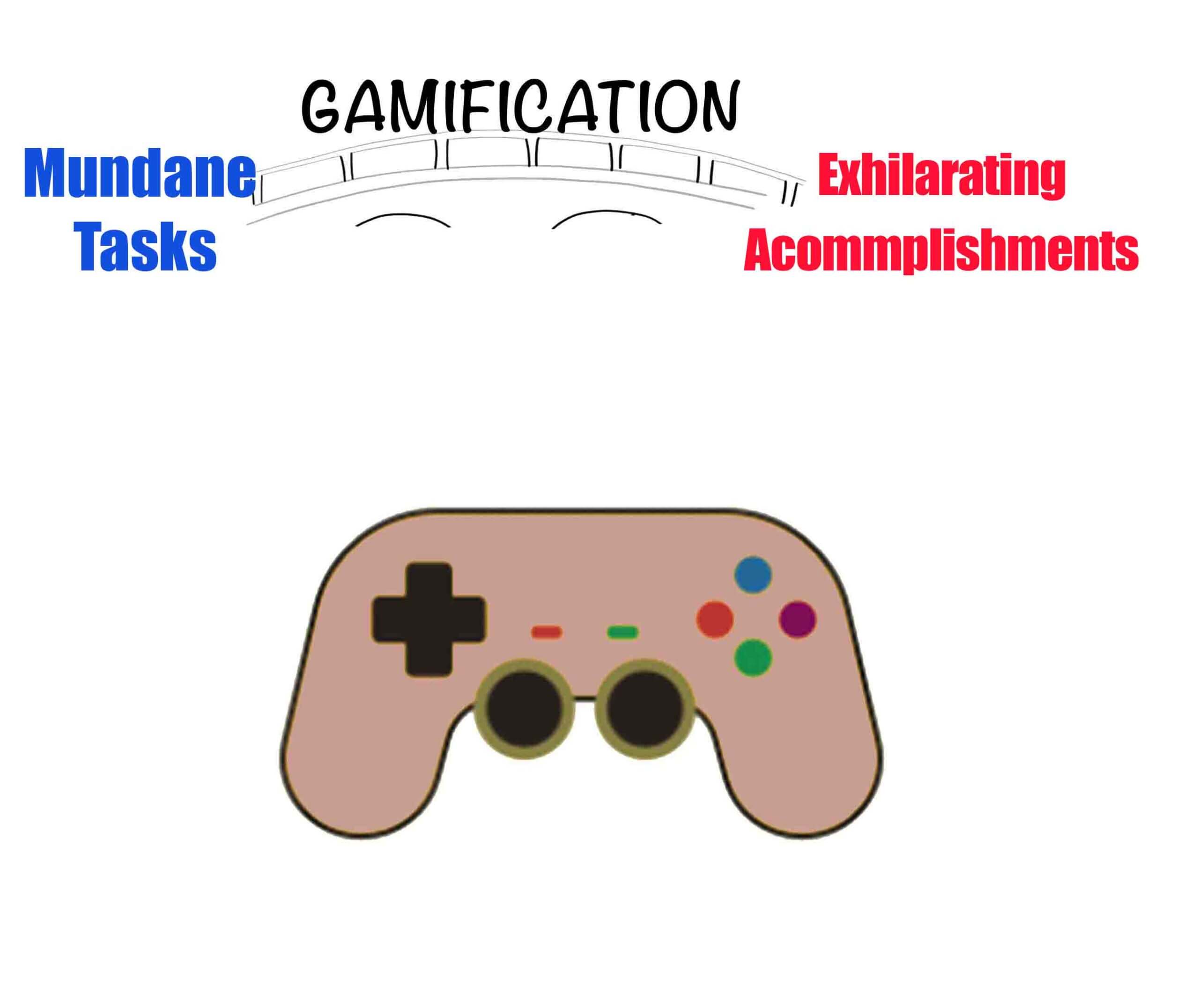
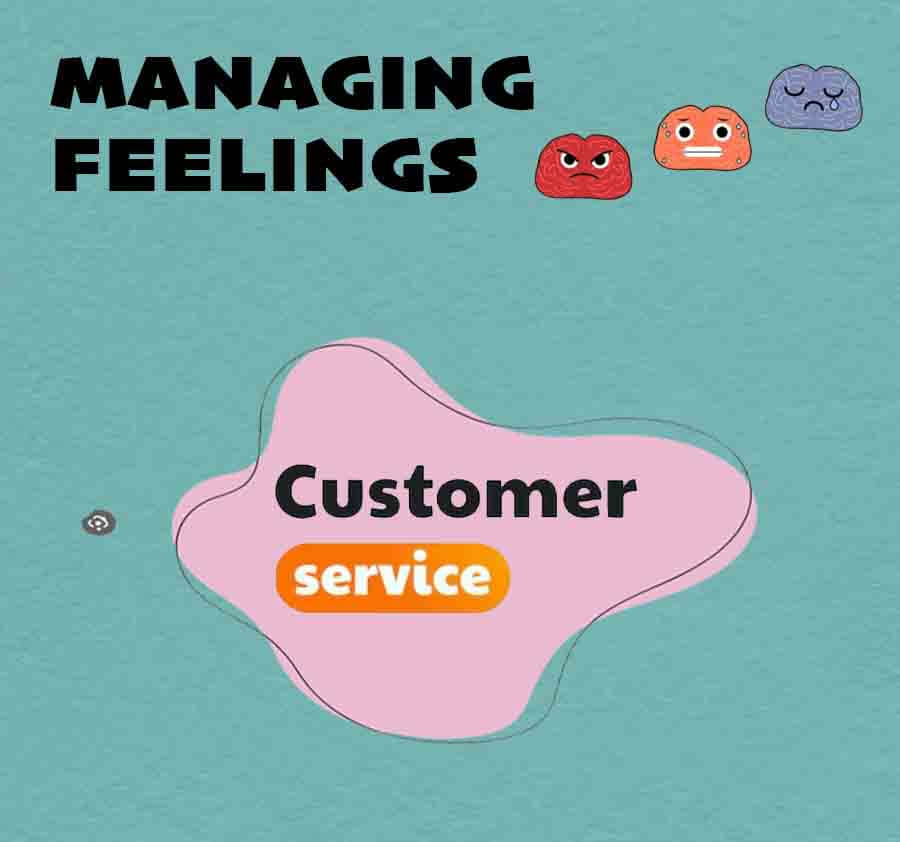
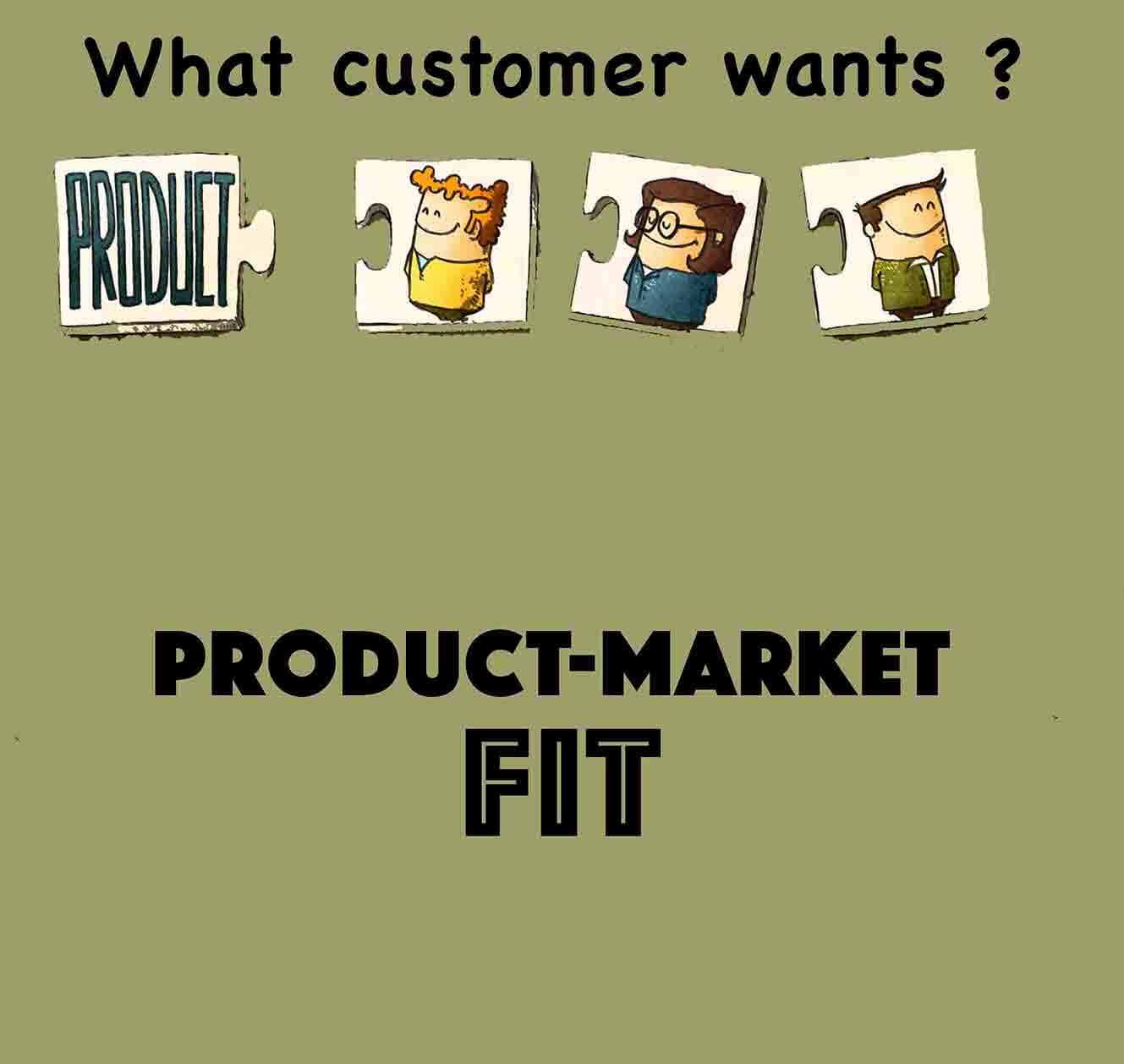
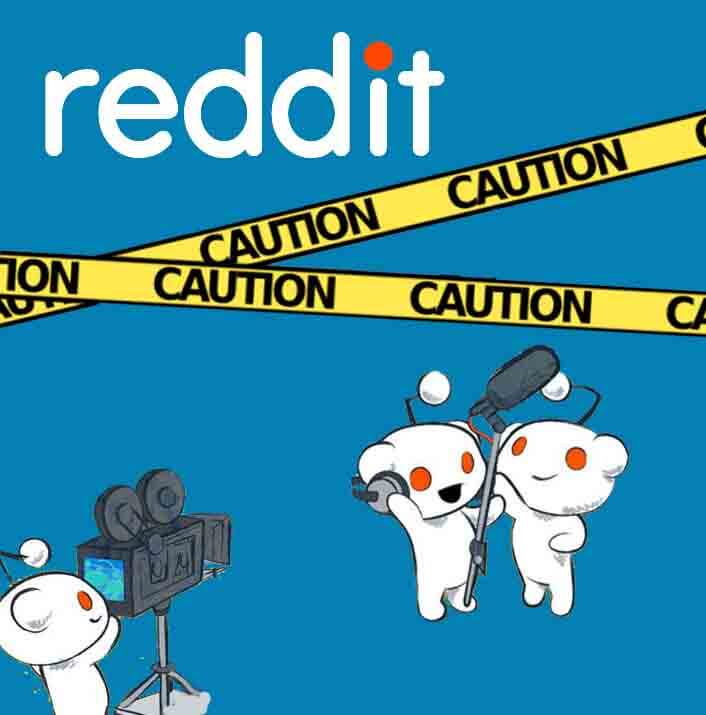
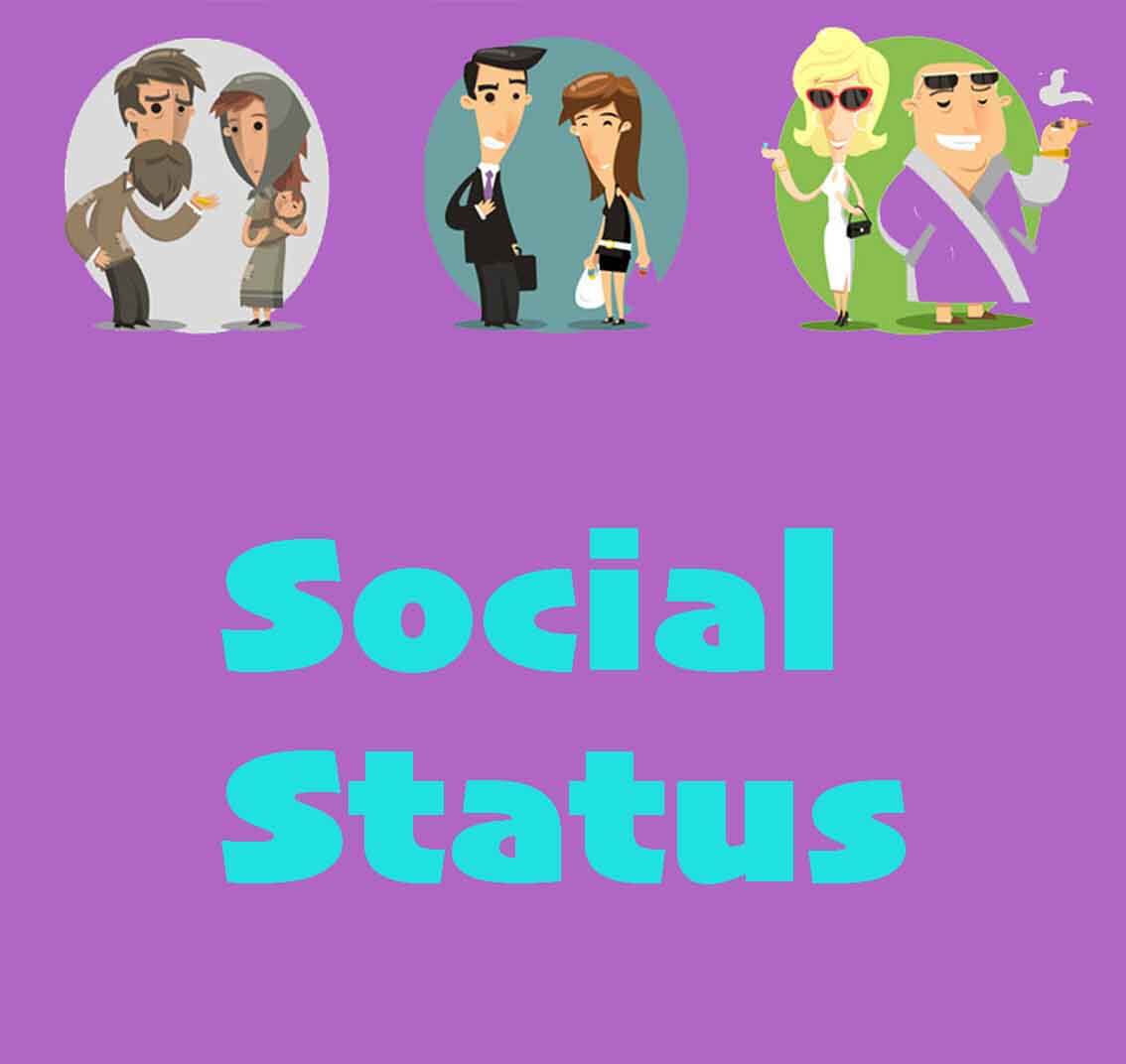
 Swipe for more stories
Swipe for more stories
Comments